Clare Campbell, founder and owner of Inverness-shire-based tartan design company Prickly Thistle, has a simple ethic behind her young business: “If you don’t know it, don’t buy it.”
Since its launch in 2018, Prickly Thistle has aimed to “disrupt” the traditional business model and restore Scotland’s wool manufacture to prominence, using traditional equipment, ethically sourced yarn and dyes, fair pay and minimising carbon footprint. And to create a business that has ethics – not profit – as its bottom line.
Clare, a former accountant, admits her alternative business model is a huge undertaking, but one that is worth it.
“It largely came from two aspects – heart and head,” she said. “My heart wanted to do something that had real meaning and impact to me, not all about wealth. And I wanted to do something I could be proud of, and that was job creation in a sector.”
Starting out
With the support of her two teenagers and husband Allan – who has manned the family fort while she “went off to save the world” – Clare launched the business and immediately embarked on a steep learning curve about the once-thriving weaving industry.
“The last four years has been nothing I had ever expected or planned on learning,” she says. “It really opened up to me the true history of Scottish textiles.
“The sense of honour and integrity, doing the right thing, reciprocal society, social equity, all of these great amazing aspects of the traditional industry that have been pushed to the side.
“Tartan for me is something that is so symbolic of identity and legacy.”
Ethical fashion
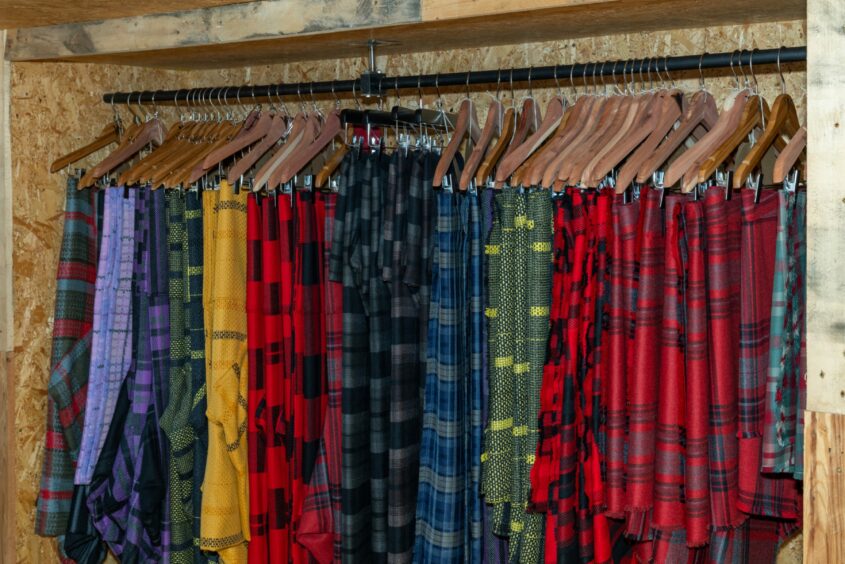
Prickly Thistle Scotland’s production practices mean holding politicians and the supply chain to account, and challenging unethical business models.
“We need to see government legislation to trap and limit that,” says Clare. “It’s all about disrupting the distribution of wealth – a lot of that will solve some of the massive issues we have just now.”
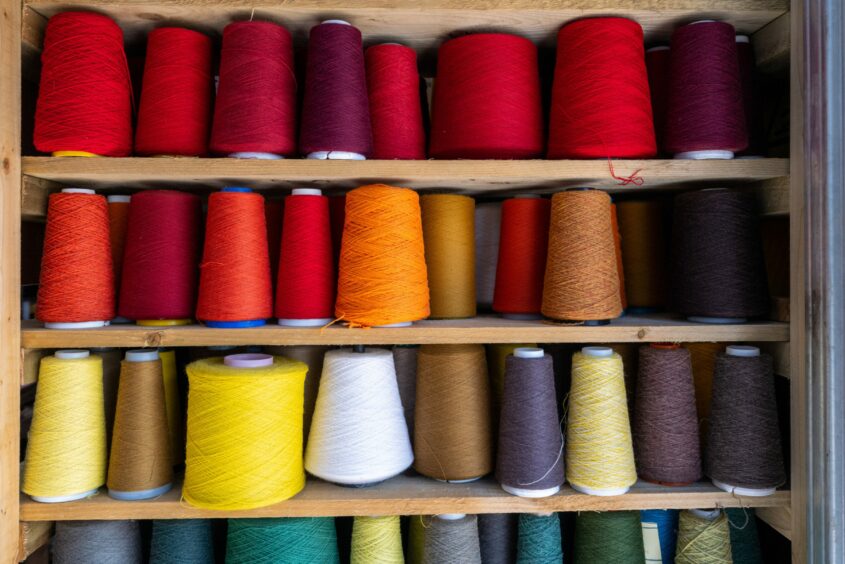 Fast fashion is one of the main culprits, Clare asserts, and she’s keen to see an end to it.
Fast fashion is one of the main culprits, Clare asserts, and she’s keen to see an end to it.
“People – myself included five years ago – would never have thought when I looked at a T-shirt for £5 that I was absolutely funding slavery when I bought that.
“So one of my missions is to empower people with the concept, ‘If you don’t know, don’t buy’, because if you don’t know what you’re buying, who’s made it, where has it come from what it’s made of, then you don’t know what you’re funding.”
Operations
To that end, all of Prickly Thistle’s yarns and materials are sourced with care to ensure sustainable business practices throughout the production process – but getting production up and running was a challenge in itself.
“For me to create a job for at least another person we had to start weaving again, and that’s when I realised there were no mills north of Moray,” says Clare.
“We wanted to bring it back in an ethical way and that was slow manufacturing, creating fabrics with people, not machines.”
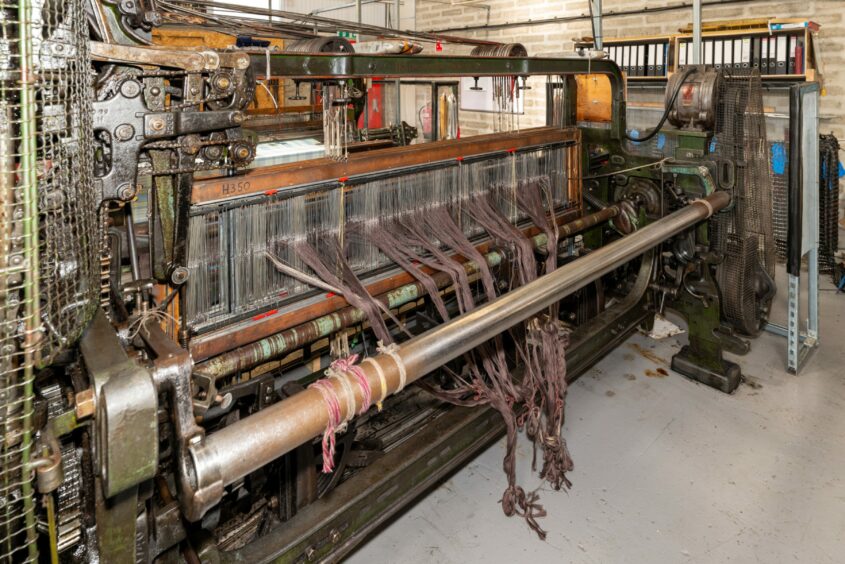
Working out of an industrial unit in Evanton, near Alness, Clare and her team of 14 staff now produce wool using century-old looms that she found in the Borders.
“There are very few of these vintage looms left, but for me it was important that we built our business with these machines. They’re symbolic of a time when things were made to last, and they will outperform every loom that’s out there.”
Sustainable Dennis the Menace
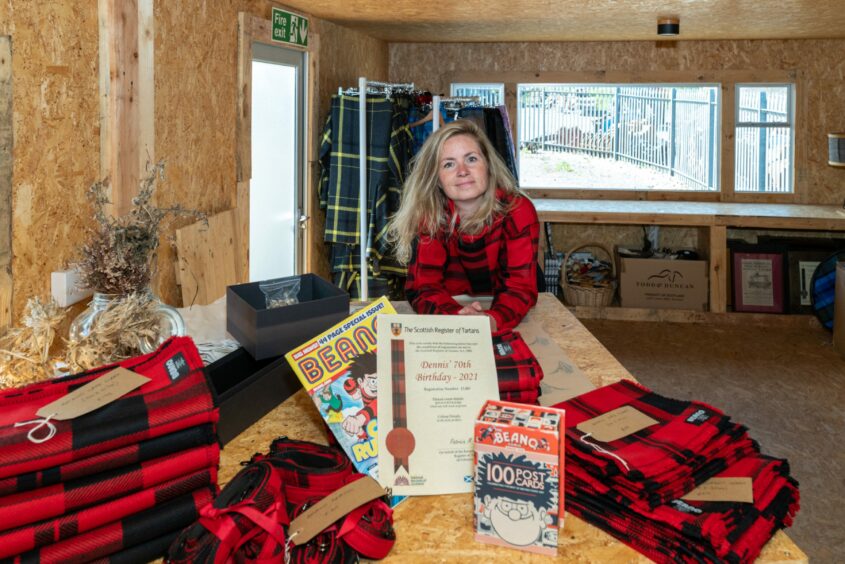
The team set about refitting and upgrading the looms, and now the company produces fabric and clothing in a range of tartans.
The company even offers a bespoke tartan design service claiming several famous clients – including Alan Cumming and Miriam Margolyes, Runrig, the Kilted Yogi and Skyscanner – and when the chance to design a tartan for 70-year-old Dennis the Menace came along, Clare couldn’t resist.
“I immediately wanted to be part of the project,” she laughs. “There was something so strong about saying to kids, it’s cool to wear the same jumper for 70 years!
“I thought there was a strong message around sustainability to introduce kids to at that level.”
Clare cleverly altered a herringbone weave to distort the classic tartan, and create the iconic Dennis red and black stripe aesthetic.
“The story of Dennis was about reminding people that it’s cool to wear the same stuff,” Clare continues. “Young kids are feeling massive pressure to change with social media and we wanted to flip that.
“And of course, there’s Minnie and Gnasher, too. They’re rebels with a cause.
“Dennis is a loveable rogue and we need that now more than ever. It was wonderful to do something with an icon of Scotland.”
Next steps in the rebel journey
Clare is now hoping to take some of that rebellious fashion spirit into local schools, starting with Fortrose Academy, where she is running a project to teach pupils how reuse and redesign their old uniforms to create something unique to each child – still in school colours but different.
Working with Zero Waste Scotland, Clare aims to tackle the social stigma attached to what kids wear to school.
“We need to change that,” she says. “Let the kids rebel, let them get creative – and learn lessons they can take into adulthood to repair, reuse and recycle.”
Lessons that Clare also hopes will show that fashion and textiles, rather than wasteful, can be a force for good.
“The impact you can have isn’t about your headstone saying you had a nice car or you had nice holidays,” says Clare. “It’s you did that actually made a difference for your community and for the place you live in.”
Aberdeen Fashion Week: Designers make a splash as live event returns
Highland rebel fights ‘fast-fashion war’ at New York Tartan Week
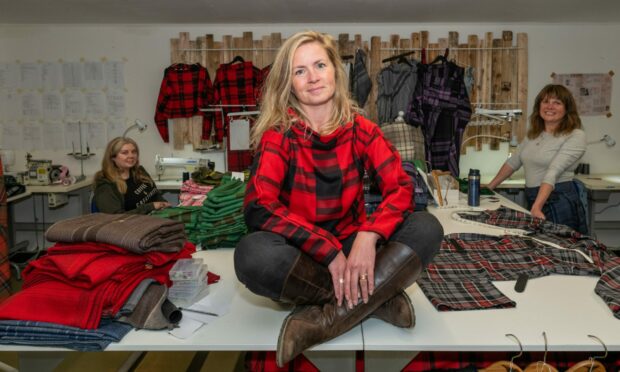
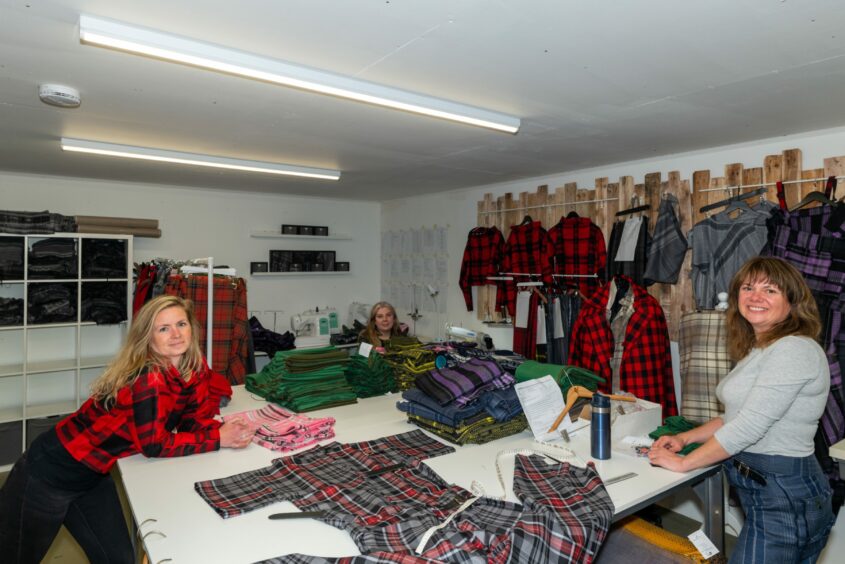
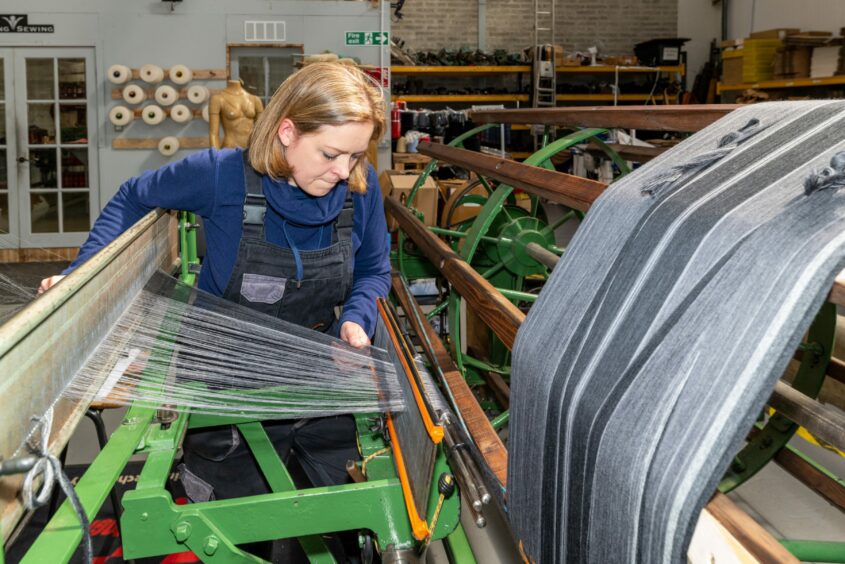
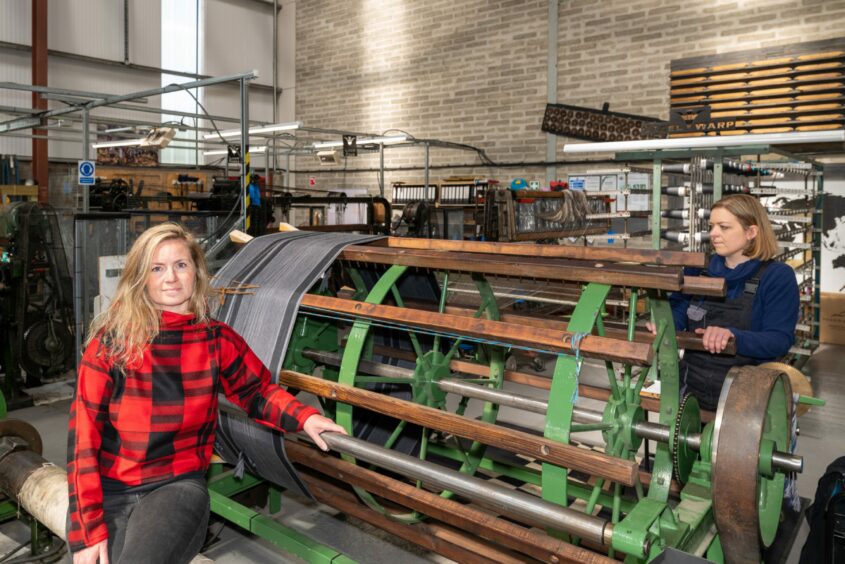
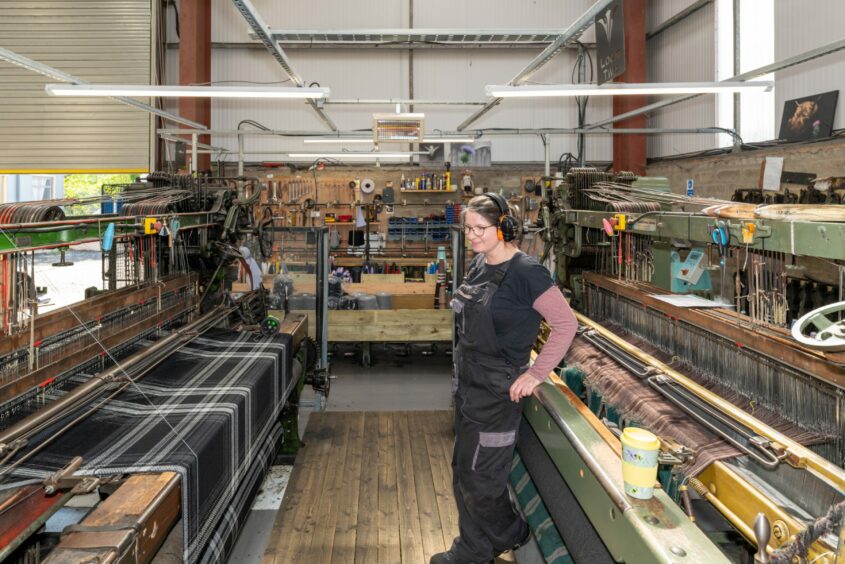
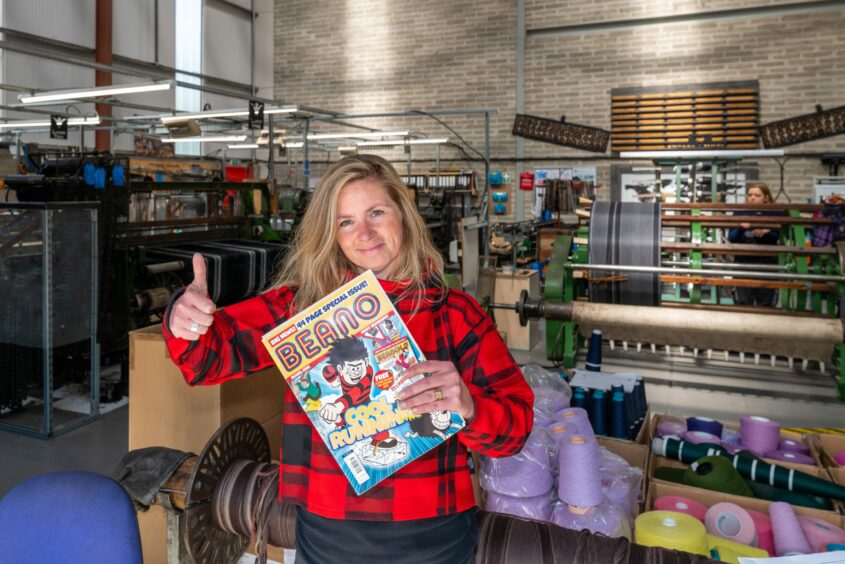
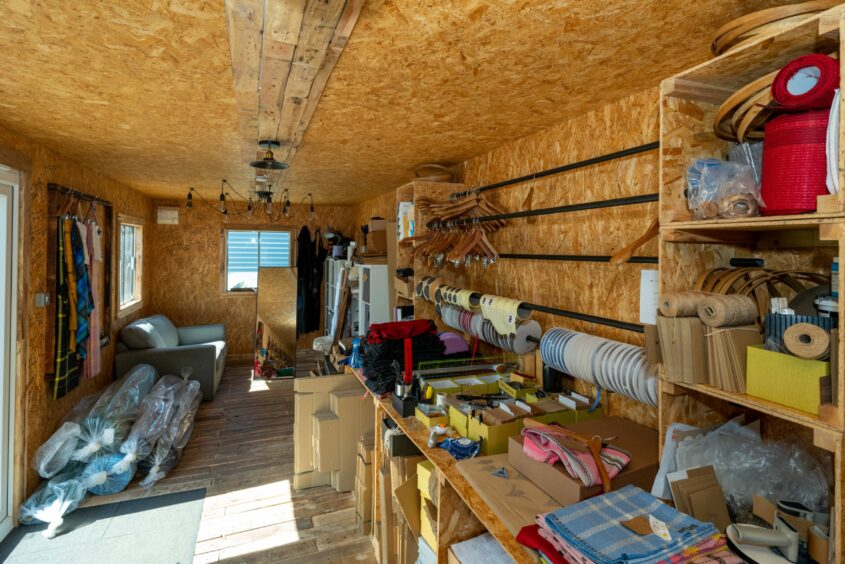
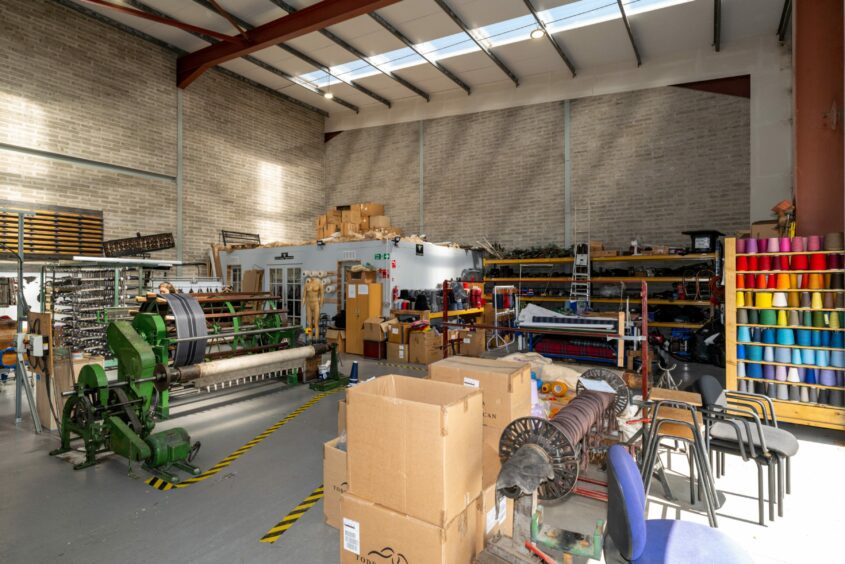
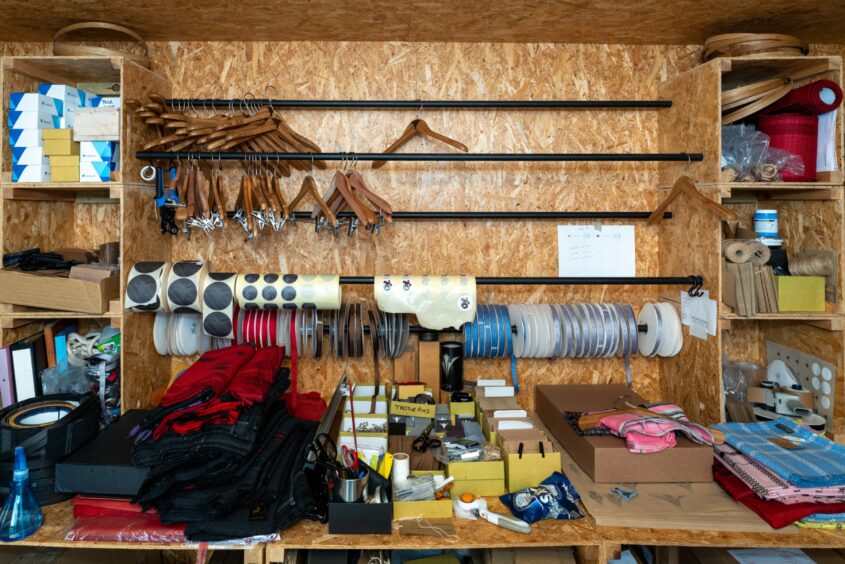
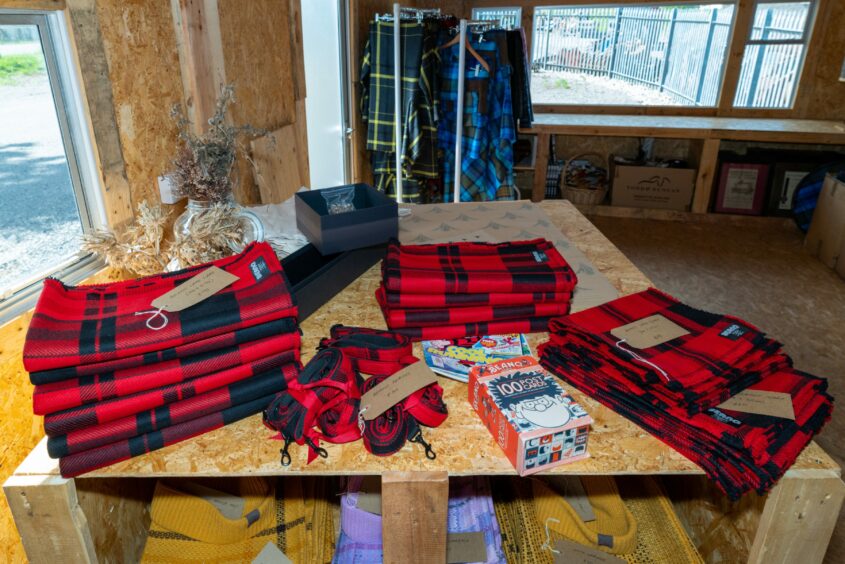
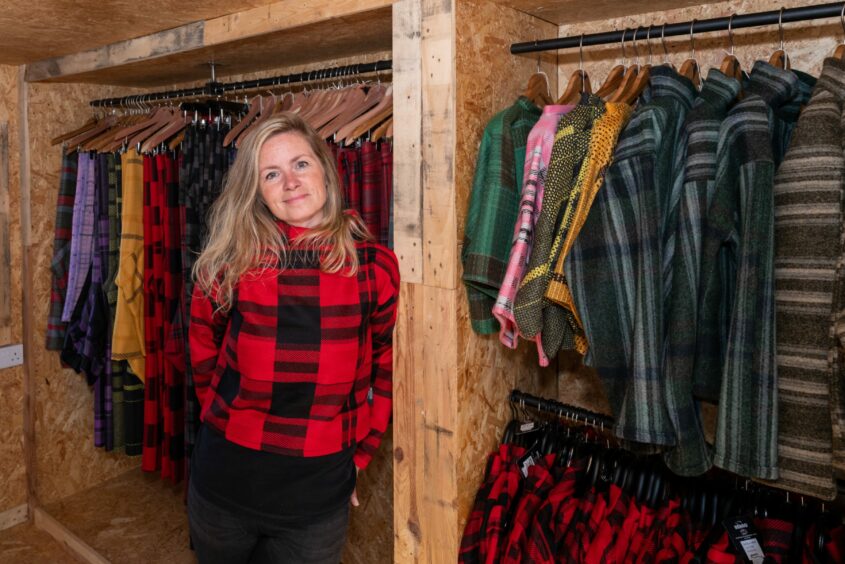
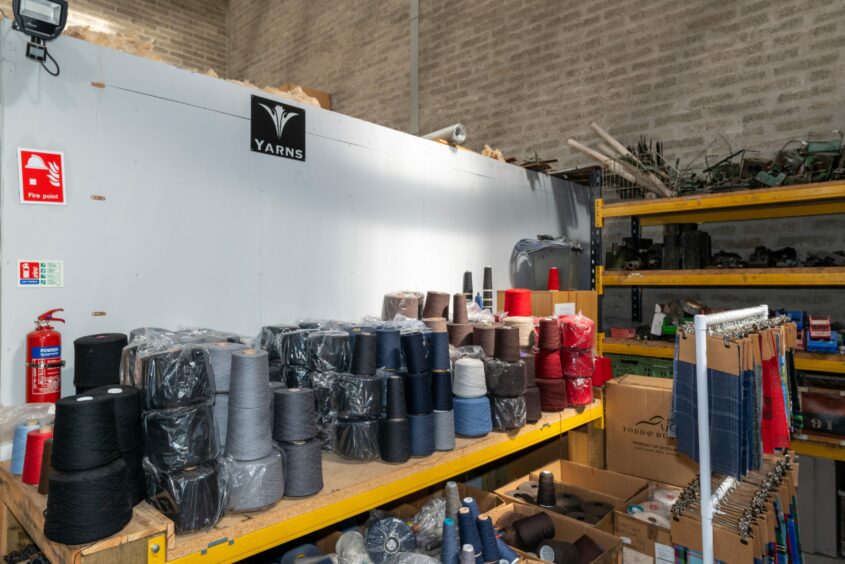
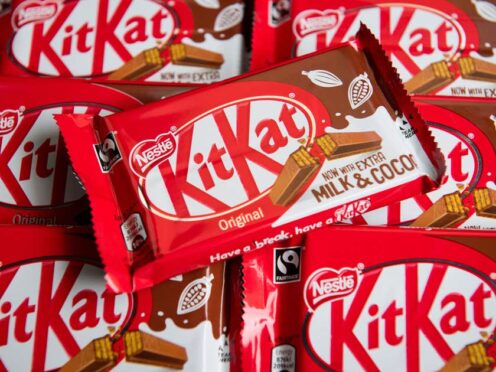


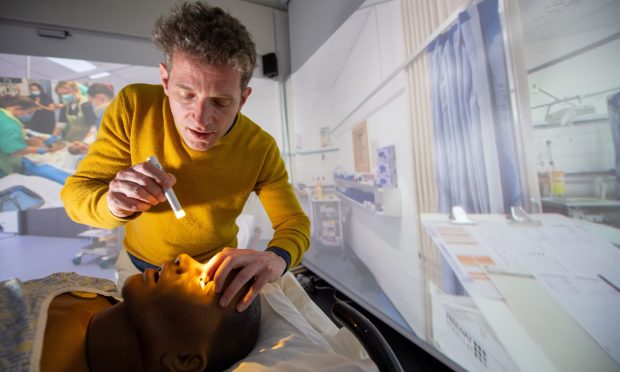


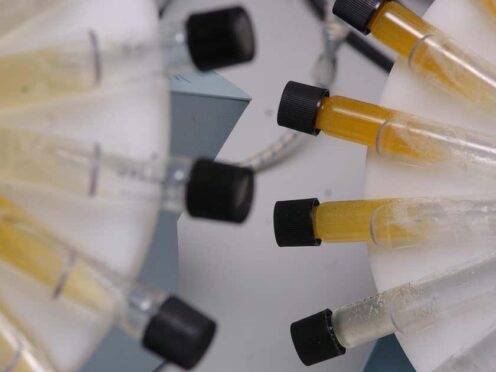
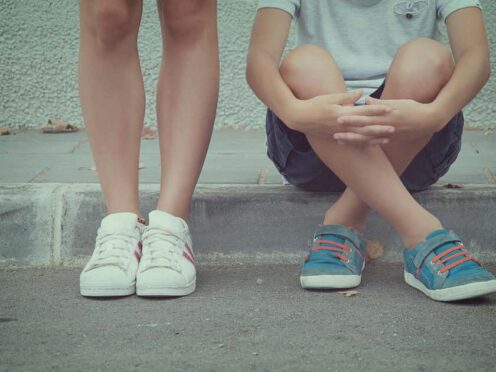


Conversation